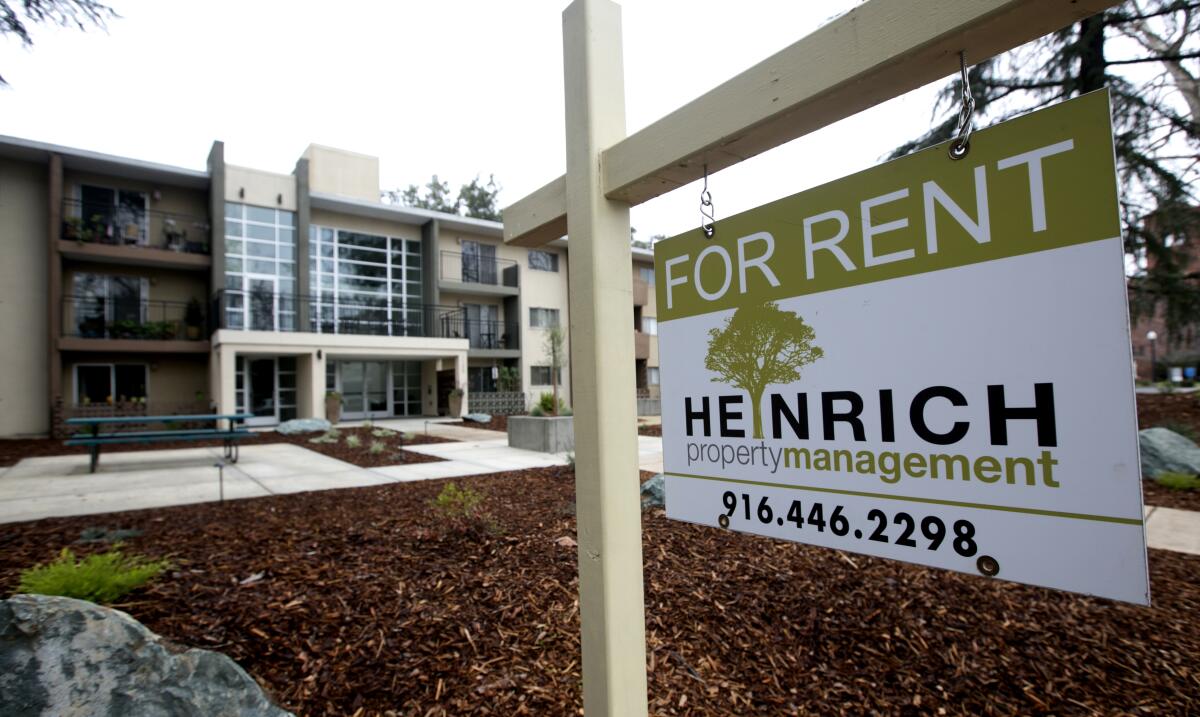How much can your rent go up in California? Check this website

- Share via
California Atty. Gen. Rob Bonta on Wednesday announced new consumer tools for tenants and landlords to understand how much rent can rise each year under a state rent cap law.
The law, which took effect in 2020, restricts rent increases in buildings more than 15 years old. Under the rules, rent can rise no more than 5% plus local inflation, with an ultimate cap of 10%.
However, until now the state did not provide an online resource that said exactly what the limits were for local areas. As a result, people had to find that information elsewhere or calculate local limits themselves using government inflation figures.
As of Wednesday, landlords and tenants can go to a state website to learn more about county rent limits, as well as eviction protections provided by the rent cap law.
Explore the latest prices for homes and rentals in and around Los Angeles.
Rent limits for individual counties can be found by scrolling down to the section labeled “Know Your Rights as a California Tenant” and clicking on your preferred language.
The attorney general’s office said Bonta is committed to updating the caps each year as they change with inflation.
“Information on tenant rights should be accessible, easy to understand, and available to all Californians, and today’s consumer alerts aim to do just that,” Bonta said in a statement.
Under the state law, landlords of buildings older than 15 years in L.A. County can raise their rent no more than 8.8% through July 31, after which a new limit will be set based on inflation.
The state law does not override stricter local rent control laws, such as in the city of Los Angeles. There, if a property falls under the city’s rent stabilization ordinance, rent increases are currently capped at 4%, or 6% if the landlord pays for gas and other utilities.
Buildings that fall under the city’s rent stabilization ordinance are generally properties built on or before Oct. 1, 1978.
Times staff writer Liam Dillon contributed to this report.
More to Read
Sign up for Essential California
The most important California stories and recommendations in your inbox every morning.
You may occasionally receive promotional content from the Los Angeles Times.











